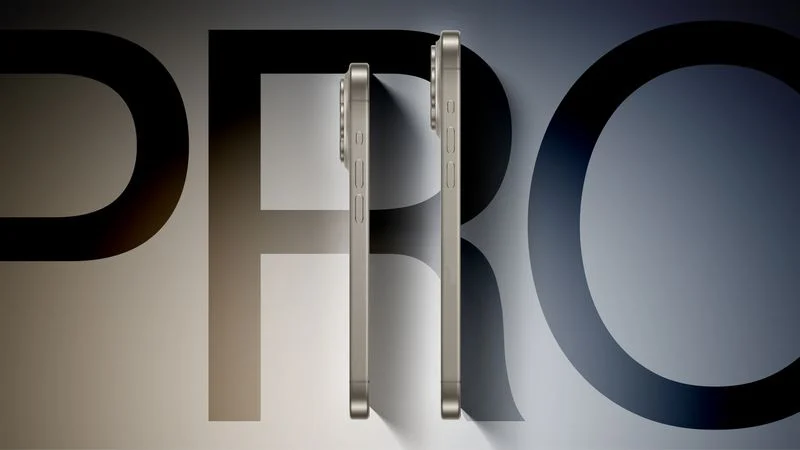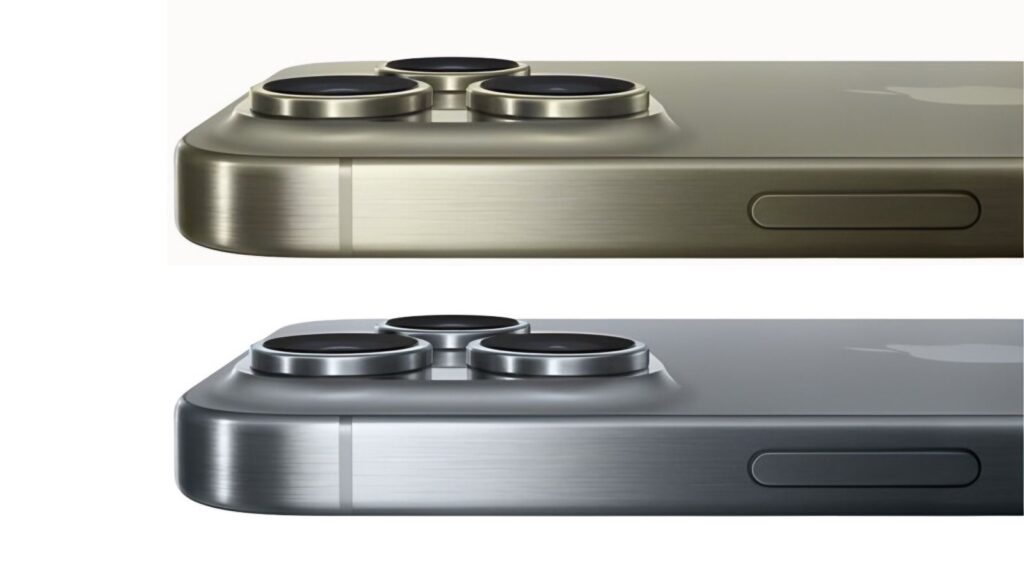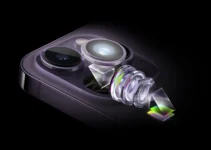iPhone 16 Pro Set to Revolutionize Camera Capabilities with Four New Features. The iPhone 16 Pro and iPhone 16 Pro Max are poised to bring significant advancements in camera technology, promising enhancements that may redefine mobile photography. Here’s an in-depth look at the four potential new features that could make these devices stand out in the crowded field of smartphone cameras.
Apple Advances with iOS 17.5: New Features and Updates in Latest Betas
Introduction to iPhone 16 Pro Camera Innovations
Apple is expected to introduce substantial updates to the camera systems on the iPhone 16 Pro and iPhone 16 Pro Max. These changes aim to leverage cutting-edge technology to deliver superior image quality and user experience.
48MP Ultra-Wide Camera Upgrade
The introduction of a 48MP sensor for the ultra-wide camera on both the iPhone 16 Pro and iPhone 16 Pro Max represents a significant leap from the current 12MP cameras. This upgrade should provide users with dramatically improved image quality, particularly in low-light conditions. The higher resolution will also offer more flexibility for cropping and editing, enhancing creative possibilities.

Enhanced Spatial Video Recording
With the new 48MP ultra-wide camera, spatial video recording is expected to see major improvements. The ability to record spatial video in 4K, up from the current 1080p, would be a notable advancement, offering clearer, more detailed videos for professional and casual users alike.
Expanded Optical Zoom Capabilities
The upcoming iPhone models are rumored to include an enhanced thetaprism lens system, which would standardize 5x optical zoom across the iPhone 16 Pro lineup. Rumors suggest that the iPhone 16 Pro Max might even feature an “ultra-long periscope telephoto lens combo,” potentially pushing optical zoom capabilities beyond 5x, a feature eagerly anticipated by photography enthusiasts.
Revolutionary Anti-Reflective Coating
Apple is reportedly developing a new anti-reflective coating technology using atomic layer deposition (ALD). This innovation aims to significantly reduce lens flare, a common issue that affects photo quality in bright environments. By minimizing internal lens reflections, this technology could greatly improve the clarity and quality of photos taken with the iPhone 16 Pro.

Sony’s Advanced Main Camera Sensor
Both models of the iPhone 16 Pro are expected to benefit from a new main camera sensor developed by Sony. This sensor utilizes a novel stacked design, which separates the photodiodes and transistors into different layers, allowing for larger photodiodes. This design is said to capture twice as much light compared to current sensors, dramatically enhancing low-light performance.
Impact on iPhone Photography
These camera improvements are not just technical upgrades; they have the potential to transform how users capture and interact with their environment through photography. With these enhancements, the iPhone 16 Pro models are set to offer a more versatile and powerful photography experience that could appeal to both professional photographers and casual users looking for high-quality, easy-to-use camera features.
Anticipation and Industry Impact
As anticipation builds, the potential impact of these camera upgrades on the smartphone industry could be significant. By pushing the boundaries of what’s possible with smartphone cameras, Apple is not only enhancing its product offerings but also setting new standards for competitors.
Conclusion
In conclusion, the iPhone 16 Pro and iPhone 16 Pro Max are shaping up to be groundbreaking devices in terms of camera technology. With features like a 48MP ultra-wide camera, enhanced optical zoom, anti-reflective coating, and a revolutionary sensor from Sony, these models are likely to excite technology enthusiasts and redefine expectations for mobile photography. As the launch approaches, these speculated features highlight Apple’s commitment to innovation and excellence in smartphone technology.



